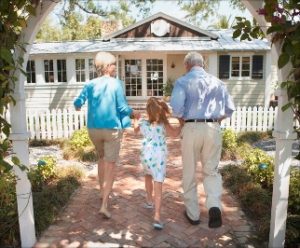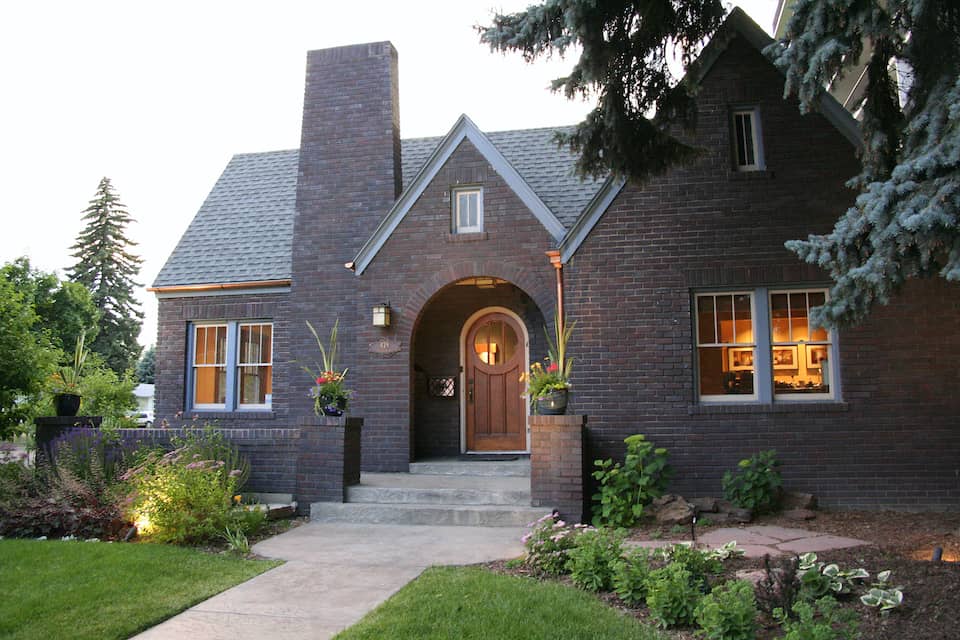
The desire to live independently as we age is a common goal for many.
Whether you’re an older adult living on your own, or you care for an elderly parent in your home, it’s important to create the safest living space possible for you and the ones you love.
Here are some suggested tips and remodeling fixes to improve home safety for seniors.
General Home Safety Tips
- Keep a fire extinguisher and smoke detector on every level of your home.
- Install a carbon monoxide detector near every bedroom.
- Wear no-skid socks or low-heel shoes in the home.
- Remove, or tape down, all throw rugs.
- Remove all clutter and cords from walkways and stairs.
- Make sure work surfaces, walkways and stairs are well lit.
- Apply non-slip surfaces on all stairs, and in the tub and shower.
- Leave a light on in the bathroom at night.
- To avoid scalding temperatures, set the water heater to 120 degrees.
- Make sure locks can be opened from both sides of all doors.
- Store heavier items at waist level in the kitchen.
- Replace appliances that have frayed electrical cords.
- Never try to heat your home with your stove, oven or grill.
- When cooking, avoid loose or long-sleeved clothing.
Remodeling for Senior Safety
- Attach sturdy rails on all stairs, inside and outside, or install a mechanized stairlift.
- Install sturdy grab bars in the tub, shower and near the toilet.
- Create zero-threshold, roll-in showers with handheld shower heads and single-lever faucets.
- Install a wall-mounted bathroom sink to accommodate a wheelchair.
- Add additional lighting in all areas.
- Widen doorways and hallways to accommodate wheelchairs, walkers or scooters.
- Add a low- or no-threshold entrance to your home, and wide, smooth exterior pathways.
- Create a master bedroom and ADA compliant bathroom on the first floor.
- Use contrasting finish colors to improve depth perception.
- Move the laundry room to the first floor.
- Add lever-style door handles.
- Install non-slip flooring.
- Create an open floor plan, especially in the kitchen and dining area.
Please note: this list of home safety tips is not all-inclusive and does not address safety issues related to proper use and disposal of medications.
Related Blog Posts:
>> How to Spot a Bad Contractor
>> 3 Steps for Choosing the Right Contractor
>> Keep Your Family and Pets Safe During a Remodel
If you or someone you know is thinking about remodeling an existing home, or perhaps building new, contact HighCraft for a free, no-risk consultation.

